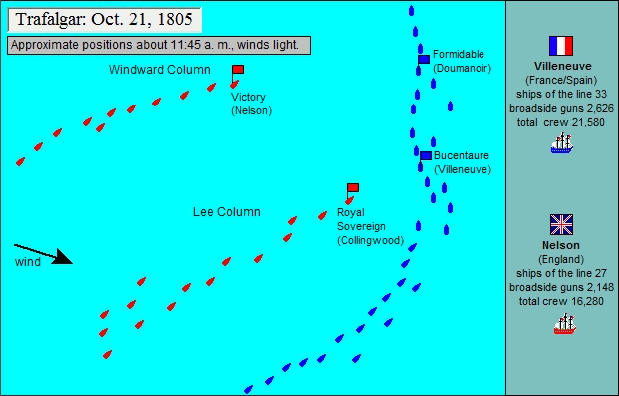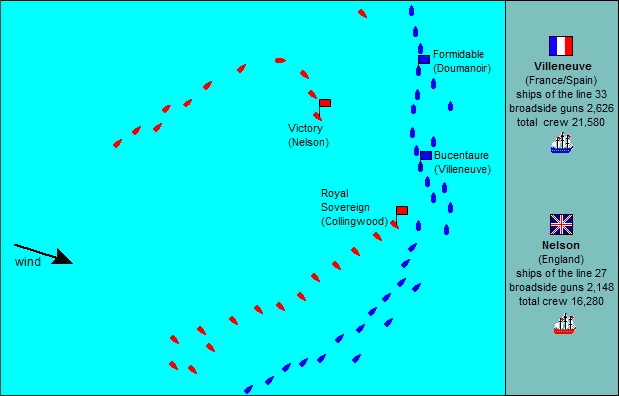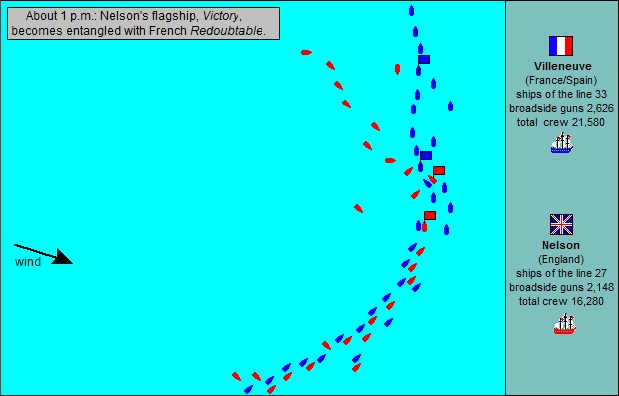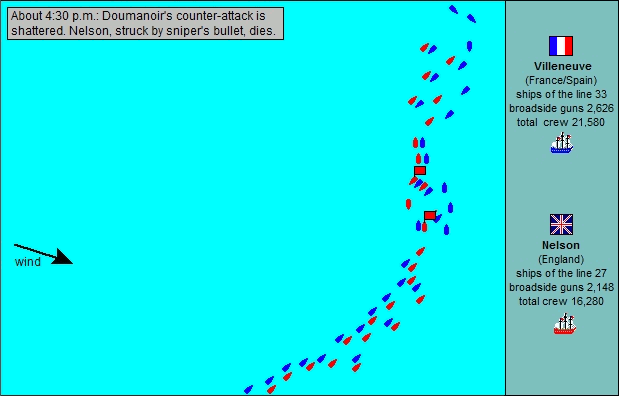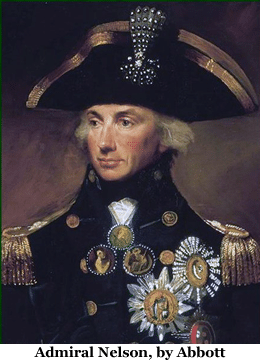
Thoroughly enraged by the incident, Napoleon responded with political calculation, quickly blaming it on radical republicans and using the public outrage it provoked as an excuse to deport a long list of leftist enemies. And when his Minister of Police, Joseph Fouché, tracked down and eventually captured two royalist conspirators in the plot, Napoleon played down the arrests for the sake of his impending Concordat with the Catholic Church. Prior to this, relations between the Church and the French Republic had been complicated at best. As noted in the previous chapter, during the Italian Campaign Napoleon was compelled to interrupt the siege of Mantua and march upon Bologna in an effort to prevent a rumored alliance between Pope Pius VI and the Austrians. Though the aging Pius had been duly chastened by the visit, he could scarcely be trusted on his own, and when, in December 1797, a French brigadier was killed in a riot while on a diplomatic mission to Rome, the incident was used as a pretext to seize the pope and bring him back to France. Held captive at Valence, he died there in August 1799, at which point Napoleon was on his way back from Egypt, having yet to assume political leadership. Though embalmed, the Pope’s body remained unburied, and it was not until January 1800 that the new First Consul, in a gesture of conciliation toward the Church, ordered a formal and ostentatious interment.
Indeed, recognizing the political advantage to be gained by a rapprochement with the Vatican, Napoleon entered into negotiations with the new pope, Pius VII, which resulted in the Concordat of 1801. Finalized in April 1802, the Concordat reaffirmed Catholicism as the majority religion of France, yet stopped well short of restoring the Church’s former power and influence in French affairs, leaving Napoleon very much in control of France’s religious establishment. As favorable as it was to the new French regime, the Concordat was all but eclipsed by an even greater diplomatic success–the Treaty of Amiens (signed March 1802), which brought an end to the War of the Second Coalition. Together, these two political triumphs would lead to a plebiscite by which Napoleon was granted the title First Consul for Life.
Even so, the resulting peace with England would be tenuous at best. While willing to swallow his anger toward his royalist enemies in order to improve his political prospects, Napoleon had clearly neither forgotten nor forgiven the attempt on his life. Thus, a year later, in a scheme to flush out further Bourbonist intrigues, he directed Fouché to send an agent to London with word that French republicans were ready to join with royalists in an effort to oust Bonaparte. As expected, the phony plot won English backing and a series of uprisings was organized with plans for a Bourbon prince to appear at an opportune moment to recover the throne. By January 1804, the chief conspirators had been identified and arrested, yet for the time being the identity of the potential heir remained a mystery.
Suspicion eventually fell upon one Louis Antoine, Duc d’Enghien, an obscure aristocrat living along the French frontier in Baden, from which place he routinely crossed the Rhine to visit his mistress in Strasbourg. Convinced that d’Enghien was awaiting a signal to assume the French throne, Napoleon ordered his arrest, and on 14 March French dragoons crossed the border and seized the 31-year-old duke in the middle of the night, imprisoning him in the fortress of Vincennes. By some unverifiable means of persuasion the captive was compelled to admit that he had “sworn implacable hatred against Bonaparte as well as against the French,” and his papers confirmed that he was in the pay of the English. He claimed to know nothing about the plot, however, and the evidence against him was entirely circumstantial. Nevertheless, after an abbreviated trial, he was placed before a firing squad and shot.
The execution of d’Enghien outraged royalists throughout Europe, providing Napoleon’s enemies abroad with damning evidence of his dictatorial excesses and prompting even Fouché to suffer Machiavellian misgivings. (“It was worse than a crime,” he quipped, “–it was a mistake.”) Even so, within France accounts of d’Enghien’s guilt were generally believed, and far from suffering political fallout from the execution, Napoleon eventually used the incident to maneuver the Tribunate into offering him the highest of honors–the hereditary title of Emperor. Soon another plebiscite was held in which an overwhelming majority of the French people approved the new title, effectively doing away with the French Republic. So it was that on 2 December 1804, in the presence of a reluctant Pope Pius VII, Napoleon placed the imperial crown on his own head in a magnificent ceremony in the cathedral of Notre Dame, becoming Napoleon I, Emperor of the French.
Meanwhile, dissatisfied with the terms of the Treaty of Amiens, England had delayed compliance with its terms, maintaining its presence in Egypt and Malta despite France’s compliance with a parallel clause calling for the evacuation of Taranto. (Citing Napoleon’s annexation of Piedmont as evidence of French imperialism, English diplomats had conveniently overlooked their own annexation of Ireland two years earlier). In addition, having already tried and failed to incite royalist insurrections in France, England financed similar efforts in ostensibly neutral Switzerland, to which Napoleon responded by assembling a council of that country’s leading citizens and formulating a new Swiss constitution. Readily accepted by the Swiss, the resulting Act of Mediation worked to deprive English banking interests of a lucrative venue, hardening the will of the English still further.
Next, in March 1803, King George III called for additional levies of militiamen in response to an alleged French military build-up along the channel, despite repeated statements from his own ambassador that no such build-up was afoot. At this point, Napoleon sought to accommodate English interests by offering to cede possession of Malta for another four years, but the English responded by upping the ante still further, demanding the French evacuation of Switzerland and Holland in what was openly described as an ultimatum. A week later the English ambassador returned to London, and on 18 May 1803 English naval forces seized two French merchant ships; once again the two countries were officially at war.
Organized hostilities would not break out for another two years, however, during which time the Royal Navy helped deliver Spain into the French camp by seizing a Spanish treasure ship. Declaring war on England in December of 1804, Spain put at Napoleon’s disposal many additional ships of war as well as hundreds of miles of coastline from which to launch attacks against the island nation. By the summer of 1805, the English had offered subsidies of some five million pounds to Russia, Austria, Sweden, and Naples, and the Third Coalition came into being. In a combined effort to rid the continent of the threat of republicanism, plans were undertaken for simultaneous advances in Italy, Bavaria, and Hanover. Of the great powers, only Prussia remained neutral, (and only in order to reap the spoils of the coming conflict).
Napoleon, meanwhile, had been busy rebuilding the French navy and assembling a large land force in and around the channel ports in anticipation of a seaborne invasion of England. To this end, he ordered Admiral Villeneuve, commander of the French fleet at Toulon, to put to sea and sail for the West Indies, where he was to rendezvous with various French and Spanish squadrons, assembling a combined fleet of some 40 ships of the line. Villeneuve was then to make for the English Channel, where the massive army Napoleon was assembling at Boulogne would embark for the crossing. Though the plan relied heavily on the skill and daring of the French Navy, the expedition had been organized down to the last detail and showed early signs of success. Getting underway in early April 1805, Villeneuve successfully eluded his Royal Navy counterpart, Admiral Nelson, who, anticipating another attack on Egypt, was busy patrolling the eastern Mediterranean. A month passed before the English admiral realized his error, at which point he immediately set off across the Atlantic in pursuit, leaving European waters even as a mounting threat loomed in the channel. It was everything Napoleon could have hoped for, and upon Villeneuve’s return from the Caribbean, the way seemed clear for the planned cross-channel invasion.
After fighting an indecisive battle with a British blockading force off the northern coast of Spain, however, Villeneuve inexplicably lost heart and turned south, making for Cadiz. At this point, on or about 26 August, an exasperated Napoleon gave up his plans for a cross-channel invasion and prepared to march against Austria, ordering Villeneuve to take his combined fleet back to the Mediterranean ports. By the time the French admiral was prepared to carry out this order, however, a British blockading force off Cadiz had been joined by Admiral Nelson’s fleet, and a major sea battle loomed.
Hoping to elude the British blockade and slip eastward into the Mediterranean, Admiral Villeneuve departed Cadiz at dawn on 21 October and with 33 ships of the line began making his way along the coast. No sooner had he put to sea, however, than the English blockading force, sighting his long line of sail bearing away to the east, closed in, at which point Villeneuve ordered his fleet to put about on a return course for Cadiz. His first instinct being self-preservation, the French admiral made for the nearest safe harbor, and in accordance with conventional naval tactics of the day ordered his ships to assume a line-ahead formation. Nelson, meanwhile, with 27 line-of-battle ships, determined on a plan of attack calling for two columns of sail to strike the enemy line at an oblique angle, his idea being to penetrate the enemy’s formation and create a sea-borne melee in which the initiative of individual captains would come into play. In addition, the plan would enable the English ships to fire broadsides in two directions at once, while the French battle formation allowed for the concentration of fire in only one direction at a time.
The French would be further disadvantaged by their recent about-face, which left their line in somewhat ragged order as the British lee column under Admiral Collingwood bore down upon it. Penetrating the enemy line as planned, Collingwood’s ships delivered double-shotted broadsides as they passed and then swung to leeward of the enemy vessels to fire again at point-blank range. Next, Nelson’s column hit the center and forward end of the French fleet, cutting across and through the enemy’s line of sail and delivering thunderous salvoes in both directions. Aiming for Villeneuve’s flagship, Bucentaure, Nelson, in Victory, passed immediately astern of his counterpart and fired a 68-pound ball through her cabin windows, followed by a keg of 500 musket balls.
Shortly thereafter, the British ships Neptune, Brittania, Leviathan, and Conqueror followed up the attack, firing successive broadsides at Bucentaure until–with over 400 dead littering her decks–the French vessel struck her colors in sign of surrender. By this time Victory had engaged the Redoutable so closely that the two ships became inextricably tangled, whereupon French troops made several attempts to board, only to be mown down by British infantrymen. Later, during a lull in the fighting Nelson was on deck surveying the situation when a sniper perched in the rigging of Redoutable found his target. Striking the admiral in the shoulder, the bullet passed through his spine, and, slumping to the deck, he was quickly carried below. Meanwhile, the opposing fleets continued to hammer away at each other with well over four thousand heavy guns, volley answering volley in a grisly battle of attrition. Having pulled away from the rest of the fleet shortly after the initial engagement, some ten of the leading Franco-Spanish ships under Admiral Doumanoir managed to put about in the light air and now bore down on the remaining ships of Nelson’s squadron. Once again the superior gunnery and maneuverability of the English ships came into play, however, and Doumanoir’s attack was soon shattered.
By 4:30 much of the Franco-Spanish fleet had been reduced to smoking hulks laden with the dead and dying; only 13 ships managed to get away, making variously for Cadiz or the Mediterranean. Remarkably, not a single British ship was lost. Similarly, allied casualties are thought to have been as high as 14,000, while the British counted some 1,700. Among these, however, was that of the commander. Having remained conscious during the latter part of the battle, Nelson survived long enough to receive confirmation of the English victory, a stunning triumph that would confirm his legend as the island nation’s greatest naval hero. Indeed, a more heroic end could scarcely be imagined, for the British victory at Trafalgar would ultimately prove a turning point in French naval fortunes. With the elimination of a large portion of the French and Spanish fleets, the Royal Navy became the undisputed master of the seas, putting an end to the threat of a French invasion of the English homeland and granting the Royal Navy freedom of movement along the entire seabound coast of Europe. In response, Napoleon undertook fresh efforts to establish a continental blockade of English goods, yet without an effective naval presence the blockade would be all but impossible to enforce, and the continued domination of British sea power would make the long European coastline a liability rather than an advantage. Within two years the British would establish land bases in Portugal, opening a new front from which to challenge French control of the continent.

